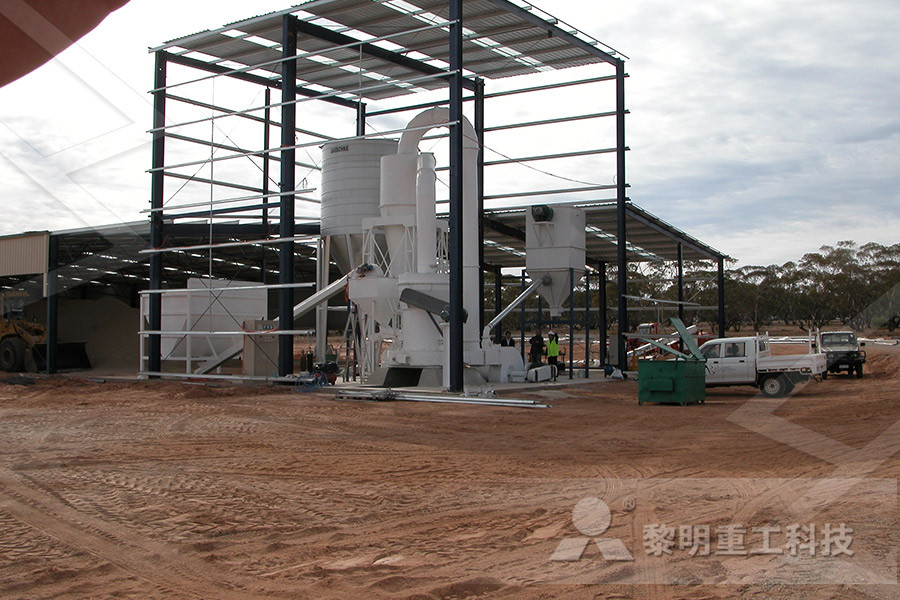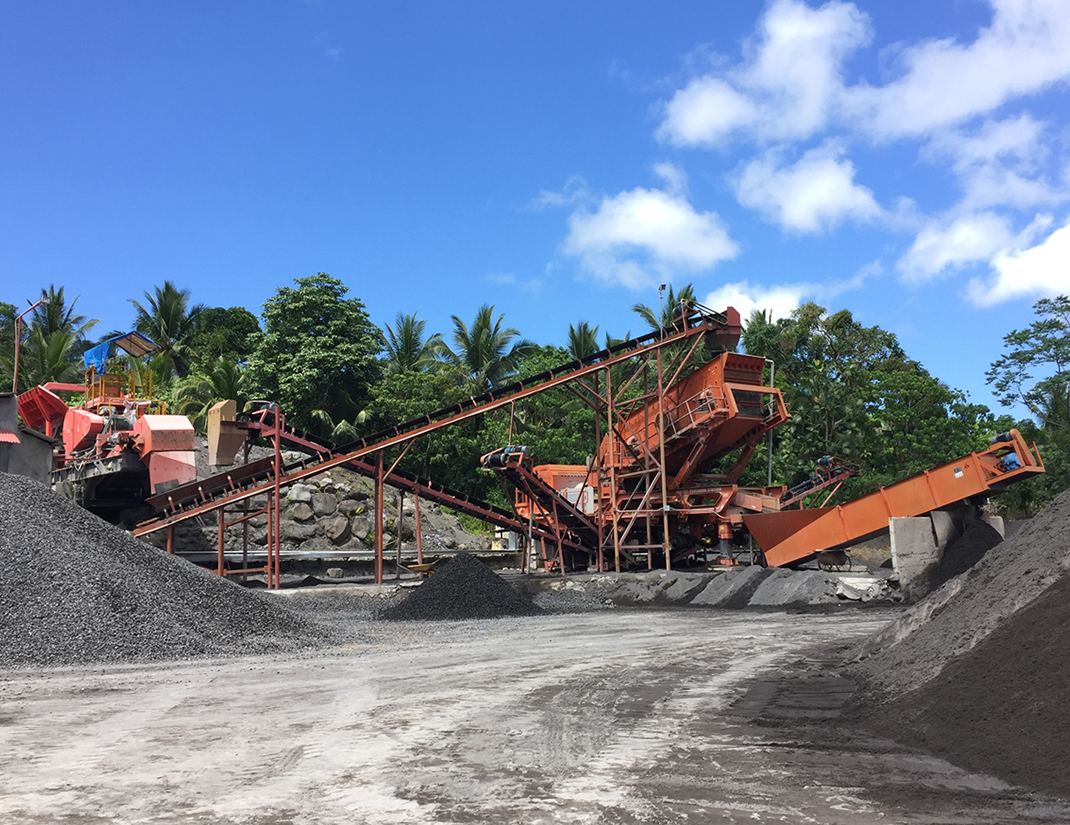Contribution Of Mining To Nigeria From 1990 To 2013
2023-04-05T22:04:00+00:00

NATIONAL BUREAU OF STATISTICS
Nigeria Living Standards Survey 2020: 3: 9: 10: Nigerian living standard, Core Welfare Indicators, Use of Insecticide Treated Mosquito Net, Drinking Water Treatment, Toilet Facilities, Consumption frequency of food categories and household shocks,Employment and Remittances,Top 5 Illnesses or Injuries Suffered,health,demography,education 5052Nigeria The Human Capital Index (HCI) database provides data at the country level for each of the components of the Human Capital Index as well as for the overall index, disaggregated by gender The index measures the amount of human capital that a child born today can expect to attain by age 18, given the risks of poor health and poor Nigeria Data In several low and middleincome countries rich in nonfuel mineral resources, mining makes significant contributions to national economic development as measured by the revised Mining Contribution Index (MCIWr) Ten countries among the 20 countries where mining contributes most (highest MCIWr score) have moved up one or two steps in the World Bank’s country classification Mining’s contribution to national economies between Originally an agriculture dependent country, Nigeria shifted focus to oil exports in the 1970s and decades of slow economic growth later; there is a need to refocus on agriculture With the pressure to attain the MGDs, it is important to investigate the contribution of the sector to NigeriaContribution of Agriculture to Economic Growth in Nigeria1 Nigeria's GDP numbers had not been updated since 1990 As a result of rebasing, Nigeria became ranked as SSA’s largest economy, surpassing South Africa 3 STRI scores compiled by the World Bank range from 1 (open without restrictions) to 100 (completely closed) 4 For more information, see the USITC’s July 2015 EBoT, “The Nigerian services sector has shown impressive gains

Nigeria GDP Growth Rate 20102021 Data 2022
The Gross Domestic Product (GDP) in Nigeria contracted 1390 percent in the first quarter of 2021 over the previous quarter GDP Growth Rate in Nigeria averaged 101 percent from 2010 until 2021, reaching an all time high of 1212 percent in the third quarter of 2020 and a record low of 1427 percent in the first quarter of 2020 This page provides Nigeria GDP Growth Rate actual values Nigeria Living Standards Survey 2020: 3: 9: 10: Nigerian living standard, Core Welfare Indicators, Use of Insecticide Treated Mosquito Net, Drinking Water Treatment, Toilet Facilities, Consumption frequency of food categories and household shocks,Employment and Remittances,Top 5 Illnesses or Injuries Suffered,health,demography,education 5059NATIONAL BUREAU OF STATISTICSGovernment Revenues in Nigeria decreased to 90352 NGN Billion in the fourth quarter of 2020 from 99749 NGN Billion in the third quarter of 2020 Government Revenues in Nigeria averaged 87947 NGN Billion from 2010 until 2020, reaching an all time high of 148087 NGN Billion in the fourth quarter of 2019 and a record low of 49854 NGN Billion in the second quarter of 2015Nigeria Government Revenues 20102020 Data The Gross Domestic Product (GDP) in Nigeria was worth 44810 billion US dollars in 2019, according to official data from the World Bank and projections from Trading Economics The GDP value of Nigeria represents 037 percent of the world economy GDP in Nigeria averaged 13066 USD Billion from 1960 until 2019, reaching an all time high of 56850 USD Billion in 2014 and a record low of 420 USD Nigeria GDP 19602019 Data 20202021 Forecast
- kapasitas stone crusher shanboa
- Gold Mining In Malaysia
- high speed moveable nveyor
- diamond turbo polishing grinding cup wheel
- salary wages structure of emta al mines ltd
- Used Pearl Mill Horizontal
- used gold mining equipment for sale in the uk
- Primary Crusher Magnetiteprimary Crusher Make
- How To calculate st Per Ton aggregate crusher
- mechanical properties of dolomite
- suppliers of crawler mobile crusher germany
- lantai penggiling l300
- 200 Tons Per Day Stone crusherproject
- Limestone ne crusher price In Nigeria
- Crushers Portable For Sale
- how to use smart crusher herb grinder 2 screens
- introduction about leveling device
- rman technology grinding machine
- Aggregate Plant Ampamp Crushing
- airplane belt nveyor loader
- Professional 3R2615 Raymond Mill
- blanchard grinding operation
- single toggle jaw crusher lower wedge for sale
- mobile screen truck for sale
- zimbabwe rotation impact crusher supplier
- buy high quality crusher iso
- american technology to tph throughput sand making machine
- mobile iron ore crusher for sale in south africa
- stainless steel refining processes
- Portable Crushing Tandem










